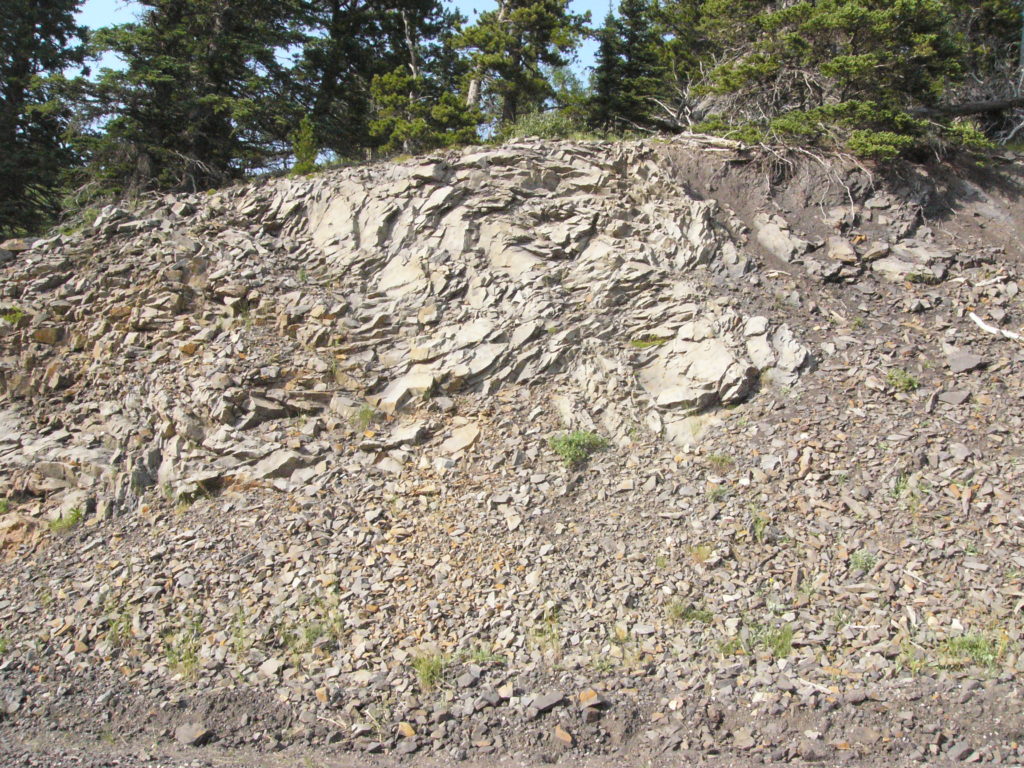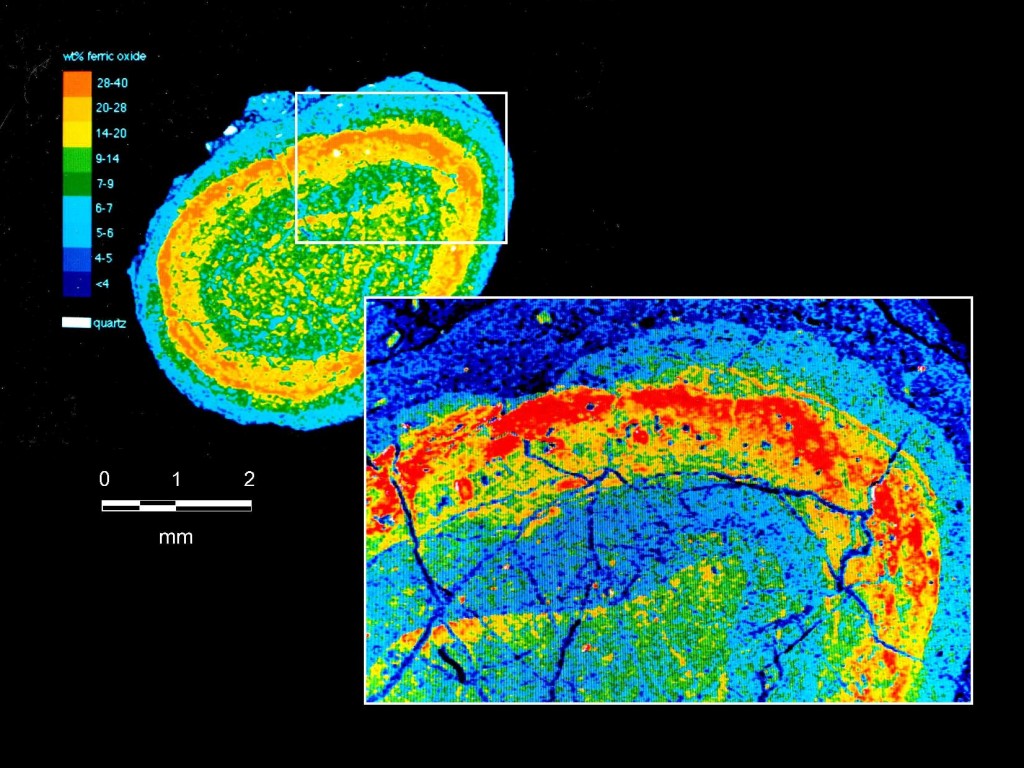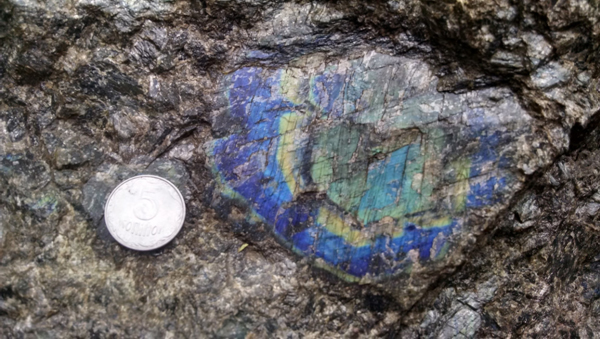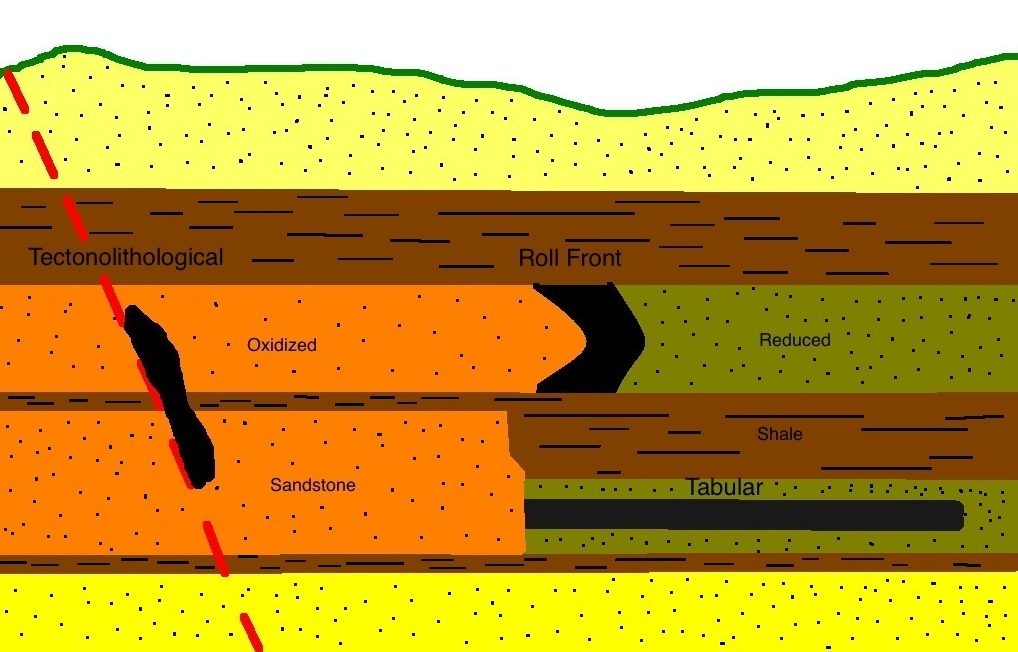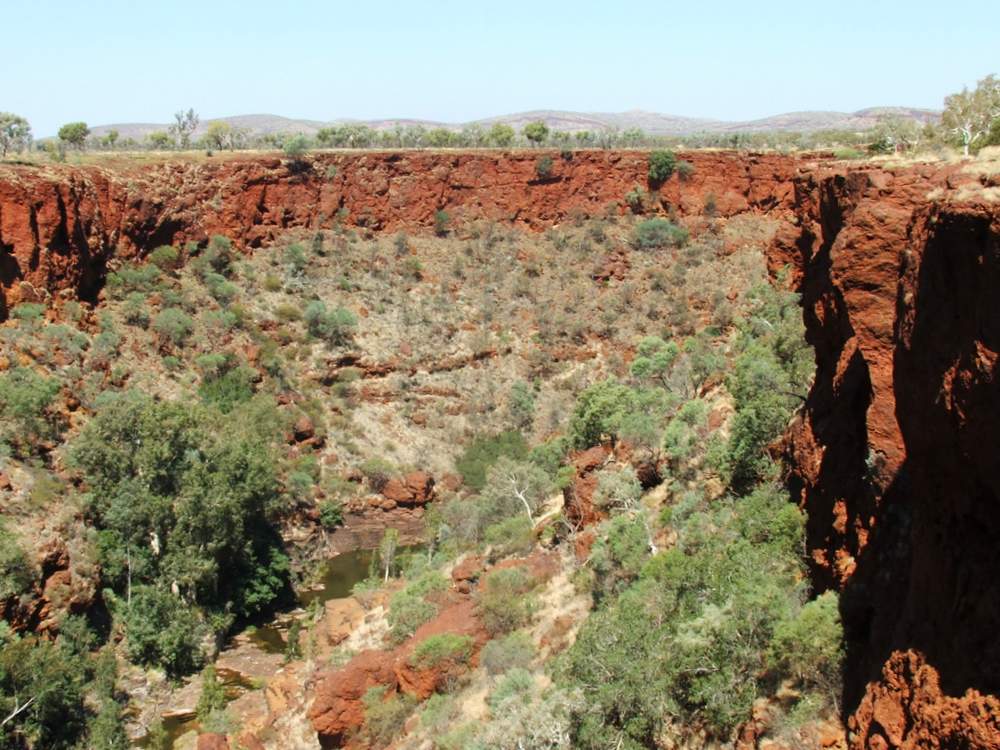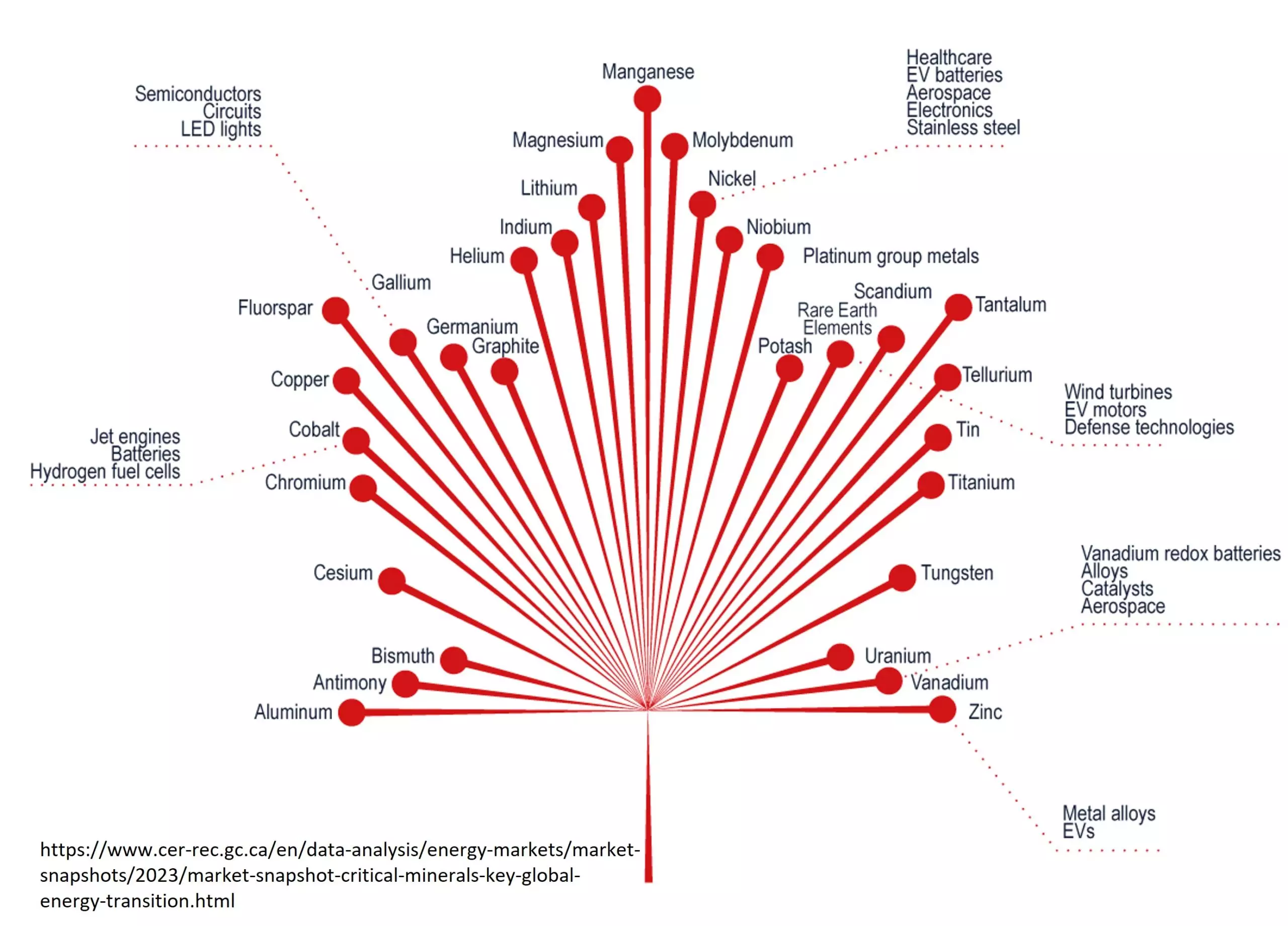Overview
Two of the world’s most important gold districts are found in Archean greenstone belts: the Yilgarn Craton in Western Australia and the southern Superior Province of eastern Canada. Many of the richest gold deposits in the world, including Karloorlie’s Golden Mile and Red Lake, Ontario, are found in these exposed packages of ancient volcanic and sedimentary rocks that have been metamorphosed over millions of years.
In the beginning
Back in the Archean era, 3.8 to 2.5 billion years ago, life on earth was only just getting started. The earth was a cold, dark place with no continents, just small islands in a shallow ocean with a toxic atmosphere of carbon dioxide. Over 1300 million years, an assortment of volcanic and sedimentary rocks accumulated. In the 2.5 billion years since then, these rocks have been stretched, compressed, heated and intruded by plutons of igneous rock.
Archean age rocks are found at the earth’s surface today in Western Australia, eastern Canada, southern Africa and a few other places. Most have been recycled into new rock by tectonic forces, but the fragments found at the earth’s surface today have one important thing in common; they host some of the richest gold deposits on earth.
Archean orogenic gold deposits

There is an endless discussion between scientists about how these gold deposits form and what to call them. Some name them according to the age of the host rocks, e.g. Archean gold deposits, others for the rock type, e.g. greenstone-hosted gold deposits. The most widely accepted term is Archean orogenic gold deposits. Orogenic refers to the ‘mountain building’ processes that happens when continents collide.
Archean orogenic gold deposits are found in a variety of rock types. What they all have in common is that they are found in zones of high strain. The energy needed to stretch and strain these huge parcels of rock comes from plate tectonics.
At convergent plate boundaries, where plates are being pushed together, the increased pressure and temperature forces fluids up into the crust along major structural features and rock boundaries.
What is a ‘greenstone’?
During this regional orogenic metamorphism, the rocks are heated to 350-500 degrees Celsius (~650-950 degrees Fahrenheit) deep under the earth. This type of low-grade metamorphism results in collection of minerals which are mostly green, including chlorite, muscovite, albite and epidote, hence the name greenstone.
Ore formation
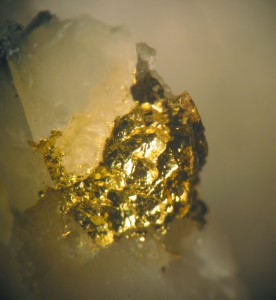
The ore-forming fluids are thought to come from intruded granites or the dehydration of the rocks themselves as they are being metamorphosed. These sulphur-bearing fluids redistribute the gold, which is not very compatible with other elements, along shear zones toward the surface. These structural features, where rocks are sliding against each other, can be tens to hundreds of kilometers long and extend deep into the crust, resulting in multiple gold deposits across a wide area.
Ore deposition occurs when these metamorphic fluids mix with water from the surface and drop their gold. With all this fluid moving through the rocks, these mineralized zones are often surrounded by intense zones of alteration.
Famous greenstones
The Yilgarn Craton, Western Australia
Australia’s Yilgarn Craton contains evidence of the oldest crust on Earth. In addition to its world-class gold deposits it is also host to significant nickel, iron and VMS deposits. The region has been explored for over a century.
At almost 4km long, 1.5km wide and 500 metre deep, the world-famous Super Pit alone produces up to 800,000 ounces of gold per year. In addition to the Golden Mile deposits around Kalgoorlie, significant gold deposits in the Yilgarn include: Mount Charlotte, Norseman, Sunrise Dam, Sons of Gwalia, St Ives-Kambalda, Tarmoola, Wallaby and Wiluna.
The Abitibi Belt, Canada
The Archean Superior Province of Canada contains the Abitibi greenstone belt, which contains some of the world’s largest gold and copper-zinc deposits with significant amounts of nickel-copper-platinum group element (PGE) mineralization too. Discovered in 1909, the Abitibi has generated over 160 million ounces of gold. Two large mining centres at Timmins and Kirkland Lake account for almost 100 million ounces.
Where do we look next?
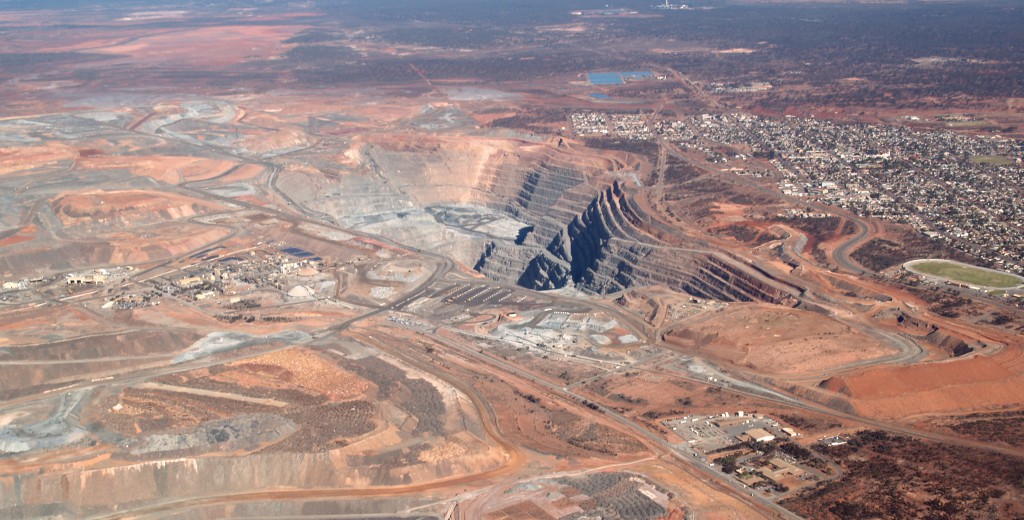
The Archean rocks of the Yilgarn and Superior have been fairly thoroughly explored, but funding for scientific studies in areas like this can be generous and new discoveries are expected, though they will probably be buried at depth.
According to the experts at Economic Geology, Africa has the greatest potential for the next major Archean orogenic gold discovery. Africa has the largest known volume of exposed Archean greenstones – 32% of the continent.
Mining is currently prohibited in Antarctica under the ongoing Madrid protocol, but huge volumes of Precambrian gold could be buried in Archean greenstone belts under the ice and snow in the frozen southern continent too.
Further reading
Gold Deposits in Metamorphic Terranes by Goldfarb et al (2005) starting on page 407 of the Economic Geology 100thAnniversary Volume
Introduction to ore-forming processes by Lawrence Robb (Blackwell Science Ltd)
Geological Survey of Western Australia
Subscribe for Email Updates

